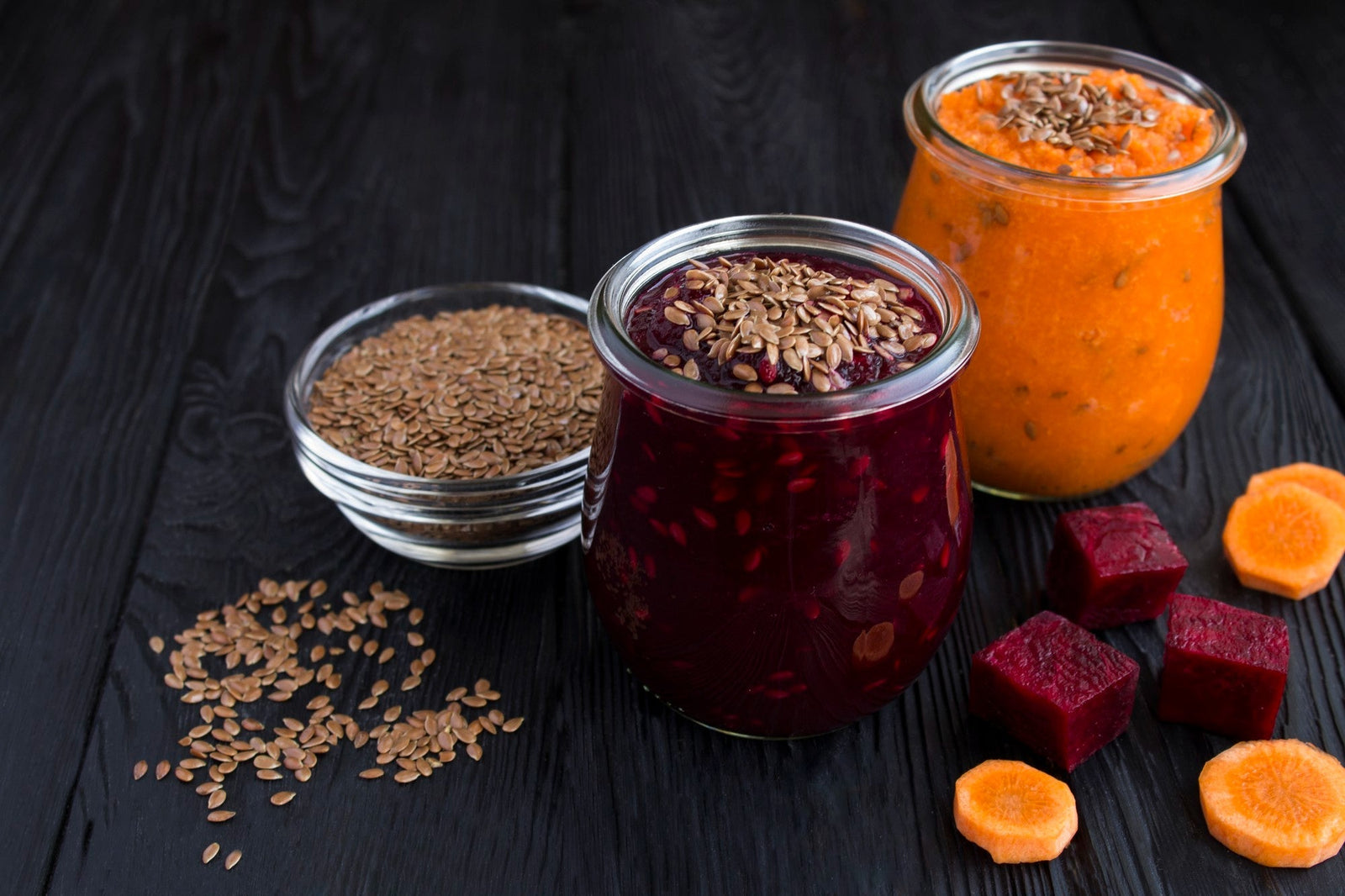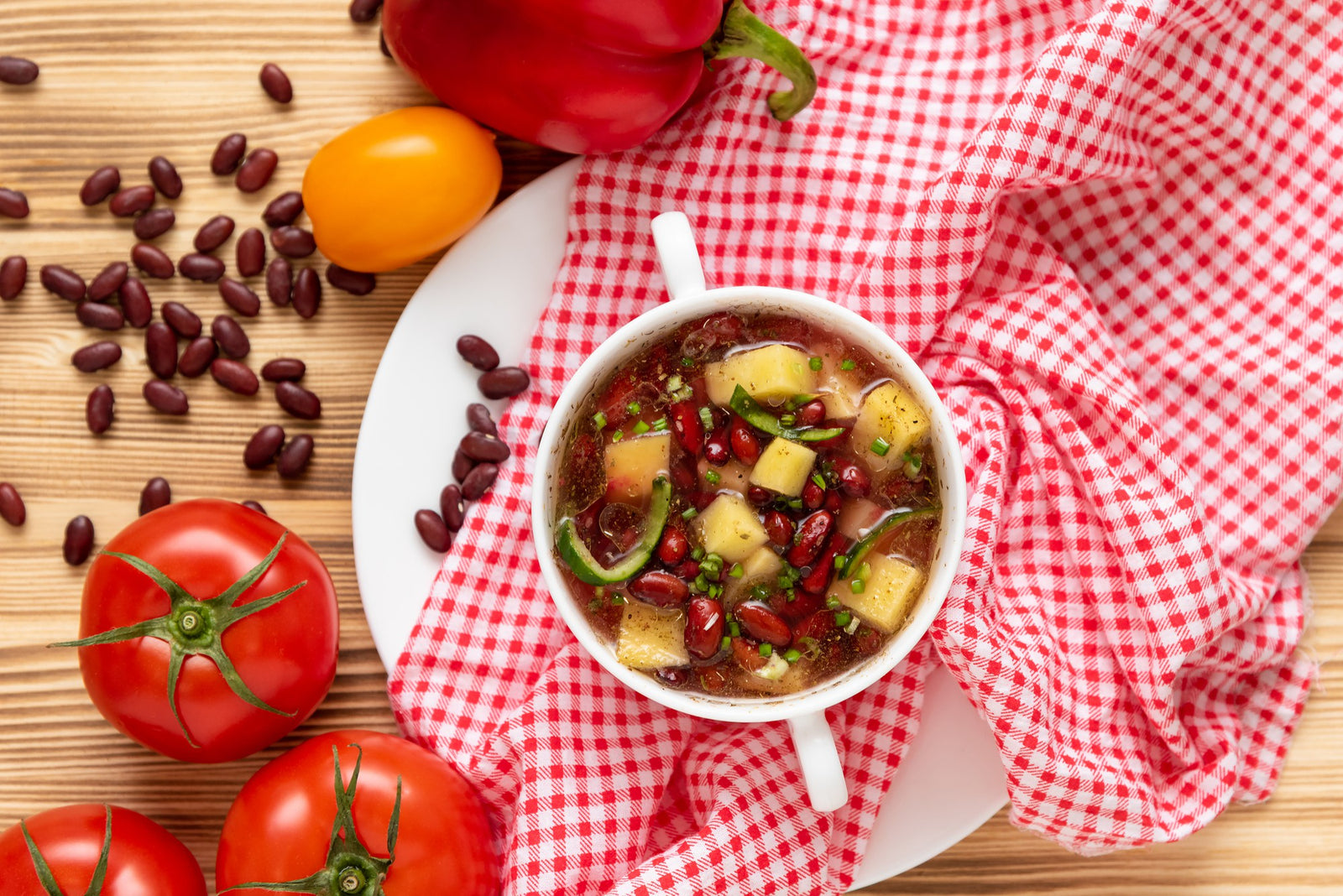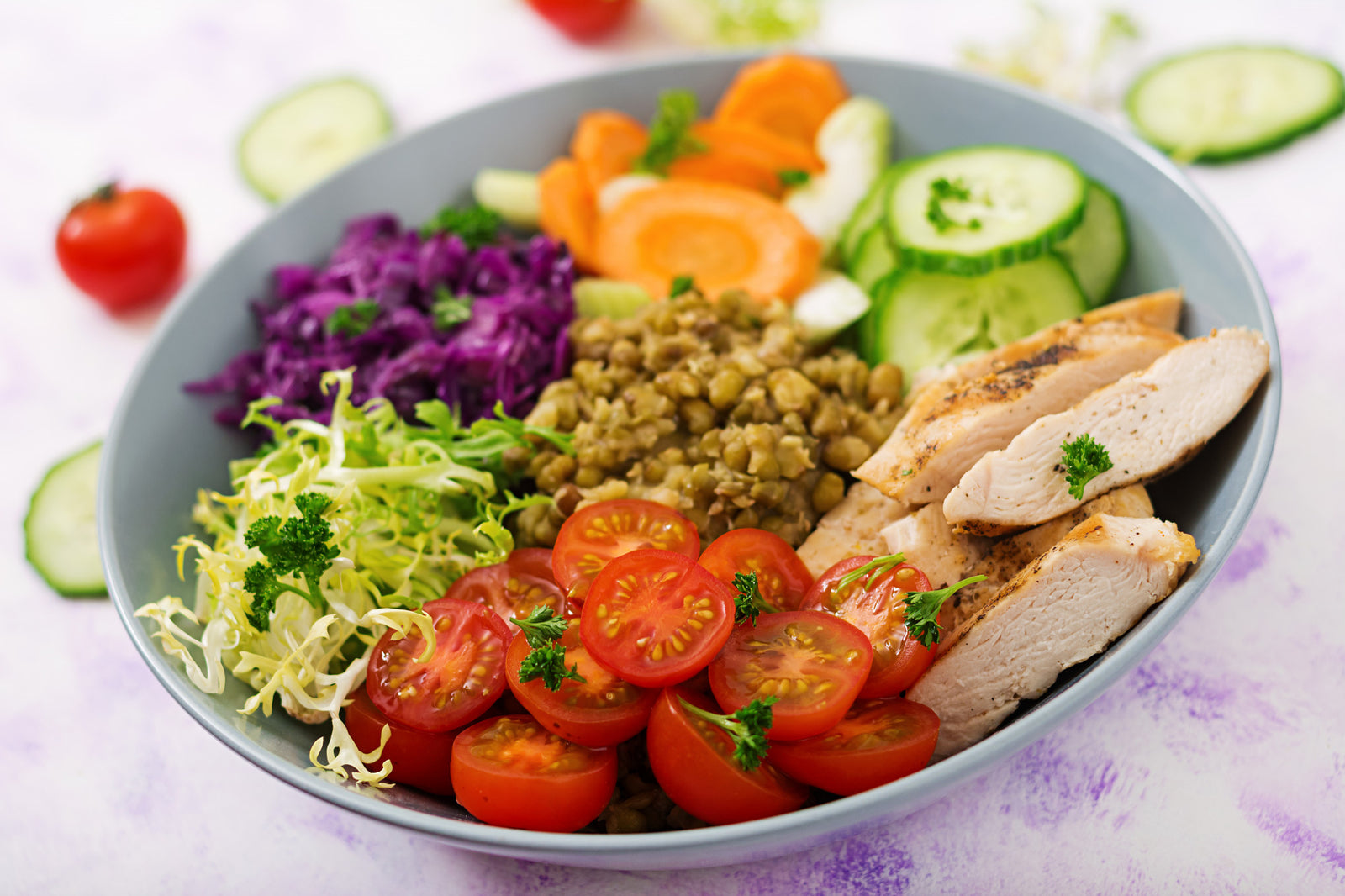
January 04, 2022 2 min read
More commonly known as chili peppers, cayenne peppers come from the capsicum family of
vegetables. The name cayenne is derived from the French Guiana town where the peppers originate from. Among other pepper varieties cayenne pepper also originated centuries ago in South and Central
from. Among other pepper varieties cayenne pepper also originated centuries ago in South and Central
America; locales are well known for their spicy cuisines.
From these earlier times, cayenne pepper has been used both for culinary as well as medicinal usefulness
in Native American cultures. The same have also been used in traditional Chinese medicine and
Ayurveda for remedial purposes.
From its place of origin, cayenne pepper was taken back to Europe by explorers like Christopher
Columbus and is now grown almost everywhere on the globe.
Nutritional information and health benefits
Cayenne pepper is an excellent source of carotenoids, contains good supplies of vitamins A, E, C, B6 and
K, and minerals like manganese and potassium. In addition, they also yield some  dietary fiber into the
dietary fiber into the
diet.
Many health benefits have also been associated with the use of cayenne peppers. For instance, it is used
to address the prevention of ulcers, drain congested nasal passages, and relieve chronic pain associated
with rheumatoid arthritis and other conditions. Cayenne pepper is also well known for its immune-boosting properties such as anti-inflammatory potential and treating upper respiratory infections.
Cooking
For culinary purposes, cayenne pepper is used in preparing spicy dishes. It may be used as whole in
certain dishes such as in Asian cuisines like Korean or Sichuan or as a powdered option in others.
Another practice is to dry fresh cayenne peppers by washing and placing them on a wire rack until they
become dry and brittle. The process of drying cayenne peppers properly can take about three weeks
after which the peppers may be stored in an airtight container in a dark place where they will keep well
for up to one year.
The spiciness level of cooking with cayenne pepper can be reduced by removing the seeds. However,
care needs to be taken when doing this as painful irritants in the peppers may cause discomfort to
sensitive areas like the skin or eyes. It is recommended that gloves are worn when removing seeds and
contact with the face and eyes are minimized.
For adding an interesting twist to desserts, cayenne pepper powder can also be discreetly incorporated
in sweet dishes. Adding a dash of pepper to sweet favorites like brownies, spicy chocolate cake, cookies
gingerbread or even spiced ice cream can bring about a surprisingly delightful flavor.

Thanks for reading this Be Still Farms Blog article. To sign up for more news/articles and/or recipes, click here. For more about us, click here. To shop our certified organic products, click here.
Please comment and share and we look forward to serving you in the future!
Comments will be approved before showing up.

January 27, 2025 3 min read
Flaxseed, the tiny yet powerful superfood, is packed with nutrients that can support weight loss. From curbing hunger to stabilizing blood sugar, this guide dives into the science of how flaxseed can help you shed those extra pounds.

December 11, 2024 3 min read
Discover three quick and easy soup recipes featuring organic small red beans. From a classic vegetable soup to a creamy potato blend, these wholesome recipes are perfect for chilly days and busy weeknights. Packed with flavor and nutrition, these soups will warm your heart and soul this winter!

December 06, 2024 3 min read
This vibrant and nutritious Green Lentil Salad combines tender lentils with grilled chicken, fresh vegetables, and a zesty lemon dressing. Packed with protein, fiber, and essential vitamins, it’s the perfect healthy meal for any time of day.
© 2025 Be Still Farms- Real, Fine Organics.
Privacy | Terms | Refund Policy | Organic Certification
